Do Lull Mattresses Have Fiberglass? (Everything You Need to Know in 2025)
A big 75% of consumers worry about what’s in their mattresses, especially harmful stuff like fiberglass.
This highlights just how crucial it is for mattress manufacturers to be transparent about the materials they use.
So, does Lull use fiberglass in their mattresses?
Lull used to include fiberglass in their mattresses, which worried a lot of people.
But good news—they’ve listened to those concerns and have now switched to safer materials. This means their mattresses are not only more comfortable but also safer for your home.
Let’s dive into what’s really going on with Lull mattresses today.
We are here to clear up any confusion and help you decide if a Lull mattress is the right fit for you.
Key Takeaways
What are Lull Mattresses? (Brief History & Brand Overview)
Lull is a direct-to-consumer mattress brand known for its eco-conscious approach and commitment to quality. The company offers a range of products, including two memory foam models and a hybrid model, as well as pillows, bedding, bed frames, and bed foundations.
Lull mattresses are designed with a focus on comfort, support, and cooling features. The brand is also recognized for its customer-friendly policies, such as a 365-night sleep trial and a lifetime warranty.
An Overview of Mattress Materials
Mattresses can be made from a variety of materials, each offering different benefits and drawbacks. The most common materials used in mattresses include:
- Memory Foam: This material is known for its ability to contour to the body, providing excellent pressure relief and support.
- Latex: Latex can be natural or synthetic and is appreciated for its firmness and support. It’s also more breathable than memory foam and rebounds quickly, reducing the sensation of sinking into the mattress.
- Innerspring: Traditional innerspring mattresses are made up of a layer of coils surrounded by layers of comfort material, which can include natural fibers or foam. They offer solid back support and are available in a wide range of firmness levels.
- Hybrid: Hybrid mattresses combine the comfort and pressure relief of foam mattresses with the support of innerspring mattresses. They offer excellent durability and are available in a variety of firmness levels[8].
What Are the Common Materials Used in Mattresses?
Here are the most commonly used materials in mattresses:
- Polyester: It is often used as a filler substance in pillowtop mattresses and mattress covers.
- Foam: There are many varieties of foam used in mattresses, such as memory foam, polyurethane foam, and viscoelastic.
- Wool: Some mattresses include natural materials like wool to provide extra cushion for the sleeper.
- Cotton: It is used on the surface of the mattress as well as the interior to keep the mattress plush and comfortable.
- Metal Coils: It is primarily used in innerspring mattresses to provide support.
What is Fiberglass?
Fiberglass is a common type of fiber-reinforced plastic. It’s made by twisting together small threads of glass and plastic, creating a strong, lightweight material.
The fibers can be randomly arranged, flattened into a sheet, or woven into glass cloth.
The plastic matrix may be a thermoset polymer matrix—most often based on thermosetting polymers such as polyester resin, or vinyl ester resin—or a thermoplastic.
Fiberglass is cheaper and more flexible than carbon fiber, and it’s stronger than many metals by weight.
It’s also non-magnetic and non-conductive, making it a versatile material used in a variety of applications, from cars and boats to surfboards and, yes, mattresses.
Why Is Fiberglass Used in Mattresses?
Fiberglass is used in mattresses primarily as a fire retardant. It’s a low-cost fire barrier material that helps manufacturers meet fire safety standards.
In the past, mattresses were made from foam that included flame retardants, but some of those chemicals have been linked to health issues such as cancer, hormone disruption, and behavioral problems in children. As a result, many companies have opted to use fiberglass instead, as it seemed like a safer and more affordable option.
Fiberglass may be present in the foam of the mattress or in the mattress cover. When the mattress cover is unzipped or removed, exposure to fiberglass can occur.
Health Concerns and Safety Issues Related to Fiberglass
While fiberglass is a useful material, it can pose health risks if not properly contained. If inhaled, fiberglass can irritate or damage the lungs.
Long-term exposure to fiberglass is associated with lung disease.
Other health effects from fiberglass exposure can include eye injuries and skin irritation.
Fiberglass in mattresses poses a health risk if the materials inside are not properly contained. For example, if the mattress cover is removed or damaged, fiberglass can escape and potentially be inhaled or come into contact with the skin.
So, should you be concerned if your mattress contains fiberglass?
Not necessarily. When mattresses contain fiberglass, but the fiberglass is safely confined within the mattress cover, it doesn’t pose a serious health risk.
However, it’s important to keep the mattress in its original cover and avoid removing or damaging it to prevent exposure to fiberglass.
NOTE
Fiberglass serves a useful purpose in mattresses as a fire retardant, it’s important to be aware of the potential health risks associated with it. If you’re in the market for a new mattress, consider looking for one that doesn’t contain fiberglass or ensure that the fiberglass is properly contained within the mattress.
What Are Lull Mattresses Made of?
Lull mattresses are constructed with premium materials and high-quality memory foam that contours to your body’s unique shape, providing precision pressure point relief. The mattresses come with a 10-inch original foam mattress which is designed with a unique three-layer system:
- First Layer: This layer is a 1.5-inch-thick gel-infused memory foam designed to absorb body heat and provide support.
- Second Layer: The second layer is a 1.5-inch thick supportive foam transition layer.
- Third Layer: The base layer is a 7-inch thick polyurethane foam foundation for spine alignment and preventing sagging.
Lull mattresses are CertiPUR-US® certified, that means they are made without ozone depleters, flame retardant chemicals, and heavy metals. They also have ultra-low VOC (less than 0.5 parts per million) and adhere to the highest standards.
| Material | Composition | Certification |
|---|---|---|
| Top Layer | 1.5” Gel-Infused Memory Foam | CertiPUR-US Certified |
| Foam Types | Proprietary Conventional Foam & Polyurethane Foam | Meets rigorous off-gassing standards |
| Cover Material | 90% Polyester, 10% Rayon | Fire Retardant Backing |
| Queen Size Dimensions | 60” x 80” x 10” | – |
Do Lull Mattresses Have Fiberglass? (Official Statements from Lull on Fiberglass Usage)
Lull has stated that some mattresses utilize a fire retardant sock which may contain glass fibers.
However, it’s important to note that Lull mattresses do not use fiberglass anymore. Instead, they rely on an inherently fire-retardant fabric to meet safety standards.
This fabric is 90% polyester and 10% rayon, with a laminated fire retardant backing.
Lull still cautions sleepers against removing the mattress cover, as it removes the barrier protecting their mattresses’ foam layers.
This is a common practice among mattress manufacturers to ensure the safety and longevity of the product.
So, to answer your question, Lull mattresses do not contain fiberglass. In the past, they did use fiberglass to prevent fires.
Now, they have transitioned to using a fire-retardant fabric to meet safety standards while ensuring the comfort and safety of their customers.
How Do I Know if My Mattress Has Fiberglass?
If you are concerned about whether your Lull mattress contains fiberglass, here are some ways to find out:
#1- Check the Label
All manufacturers are required to list the materials used in the mattress on the label. Look for a percentage of “glass fiber” as a listed material.
#2- Look at the Price
If the mattress is significantly cheaper than others, it might be because cost-cutting materials like fiberglass have been used.
#3- Check Any Alternative Terms
Some brands may refer to fiberglass as “glass wool,” “silica,” or “glass fiber” to avoid explicitly saying they use fiberglass.
#4- Do Not Remove the Cover
The only way to see fiberglass in a mattress is by removing or damaging the cover, which is not recommended as it can expose you to the fibers.
#5- Look for Physical Signs
Fiberglass fibers may occasionally be visible on the surface of the mattress. Touching the mattress may also cause it to feel different due to the presence of fiberglass.
#6- Contact the Manufacturer
If the label does not specify whether the mattress contains fiberglass, you can reach out to the company to inquire.
#7- Check the Website or Care Manual
Some manufacturers may list the materials used in their mattresses online or in the product’s care manual.
It is highly recommended never to remove or damage the cover of your mattress to check for fiberglass, as this can expose you and your home to fiberglass particles and cause some serious skin rashes such as skin irritation and respiratory problems etc.
How to Choose a Mattress without Fiberglass?
Choosing a mattress without fiberglass can be a bit tricky, but with the right knowledge and approach, you can find a mattress that suits your needs and ensures your safety. Here are some tips to help you out:
Labels and Certifications
When shopping for a Lull or any mattress, pay close attention to the labels and certifications. Look for mattresses that are CertiPUR-US® certified or GREENGUARD Gold certified.
These certifications ensure that the mattress is made without harmful chemicals, including fiberglass.
- CertiPUR-US® certified mattresses are made without ozone depleters, PBDEs, TDCPP or TCEP (“Tris”) flame retardants, mercury, lead, and other heavy metals. They are also made without formaldehyde, phthalates regulated by the Consumer Product Safety Commission, and have low VOC (Volatile Organic Compound) emissions for indoor air quality.
- GREENGUARD Gold-certified mattresses meet strict criteria for low emissions of volatile organic compounds (VOCs) into indoor air. They are also screened for more than 10,000 chemicals and VOCs that are commonly known to pollute indoor air.
Importance of Non-Removable Mattress Covers
A non-removable mattress cover is crucial in preventing the release of fiberglass if it is used in the mattress.
Even if a mattress contains fiberglass, as long as the cover is not removed or damaged, the fiberglass should not pose a health risk.
Therefore, look for mattresses with non-removable covers or mattresses that explicitly state not to remove the cover.
Research, Reviews, and Transparency
Before purchasing a mattress, do your research. Read reviews and check the manufacturer’s website for detailed information about the materials used in the mattress.
If the information is not clear, don’t hesitate to contact the manufacturer directly and ask if their mattresses contain fiberglass.
Transparency is key when it comes to choosing a mattress. Companies that are open about their materials and manufacturing processes are generally more trustworthy.
If a company is not transparent about whether their mattresses contain fiberglass, it might be best to consider other options.
Alternatives to Fiberglass in Mattresses
Fiberglass is often used in mattresses as a flame retardant. However, it can cause health concerns if exposed, leading many people to seek alternatives. Here are some popular alternatives:
- Wool: Wool is a natural flame retardant and can also provide a soft and comfortable feel.
- Cotton: Cotton, especially when organic, is a safe and comfortable alternative to fiberglass.
- Polyester: This synthetic material is often used as a safe alternative to fiberglass.
- Rayon: This semi-synthetic material is derived from regenerated cellulose and is used as a chemical-free flame retardant.
- Silica: Some brands, like Amerisleep, use silica instead of fiberglass for safety and comfort.
| Material | Type | Benefits |
|---|---|---|
| Fiberglass | Flame retardant | Inexpensive, meets safety standards |
| Silica | Natural fiber | Non-toxic, eco-friendly |
| Wool | Natural fiber | Non-toxic, moisture-wicking |
| Plant fibers | Natural fiber | Biodegradable, reduces chemicals |
Safe and Eco-Friendly Mattress Materials
If you are looking for eco-friendly and safe materials for your mattress, you can consider these options:
- Kapok: This is a natural, fluffy plant fiber that is often used as a down alternative.
- Organic Wool: Wool is not only comfortable but also naturally flame-retardant.
- Organic Cotton: Cotton is breathable, comfortable, and when organic, free from harmful pesticides.
- Natural Latex: This material is derived from the sap of rubber trees and is both comfortable and durable.
- Hemp: Hemp is a highly sustainable material that is also durable and breathable.
- Recycled Steel Coils: These are often used in the support layers of eco-friendly innerspring and hybrid mattresses.
Can Mattress Off-Gassing Make You Sick?
Off-gassing refers to the release of volatile organic compounds (VOCs) from a new mattress, which can cause an unpleasant smell.
While off-gassing odors pose no known serious health risks, they can be unpleasant and may cause symptoms like headaches, nausea, or dizziness, especially for those who are sensitive to scents.
People with respiratory issues such as asthma or allergies could experience irritation of the airway and difficulty breathing.
However, these symptoms are usually temporary and can be mitigated by airing out the mattress properly.
What Makes Lull Mattresses Unique?
Lull mattresses are known for their premium responsive memory foam that contours to your body’s shape while you’re on it and bounces back to its original form when you’re not.
Here are some unique features of Lull mattresses:
- Motion-isolating technology: This ensures that movement on one side of the bed doesn’t disturb anyone or anything else on the bed.
- Cooling technology: The top layer of the mattress is designed to keep you cool all night long.
- 365-night trial and lifetime warranty: Lull offers a stress-free trial period of 365 nights. If you don’t love it within the first 365 nights, they’ll arrange a quick and easy return. Plus, the Lull mattress is backed by a lifetime warranty.
How to Deal with Fiberglass Exposure?
If you suspect that you’ve been exposed to fiberglass from your mattress, it’s important to take immediate action to minimize potential health risks.
Steps to Take if You Suspect Fiberglass in Your Mattress
Here are some steps you should take:
Step #1- Stop Using the Mattress
If you suspect your mattress contains fiberglass and you’re experiencing symptoms of exposure, stop using the mattress immediately.
Step #2- Clean the Area
Clean the area thoroughly to remove any fiberglass particles. Use a vacuum cleaner with a high-efficiency particulate air (HEPA) filter to clean the room. Avoid sweeping or dusting, as this can stir up the fibers and make them airborne.
Step #3- Wash Your Skin
If you have fiberglass on your skin, wash the area with warm water and mild soap. Avoid scrubbing or scratching the skin, as this can push the fibers deeper into the skin.
Step #4- Seek Medical Attention
If you’re experiencing severe symptoms such as difficulty breathing or persistent skin irritation, seek medical attention immediately.
Step #5- Contact the Manufacturer
If you suspect your mattress contains fiberglass, contact the manufacturer for confirmation. They should be able to provide information about the materials used in the mattress.
Step #6- Consider a New Mattress
If your mattress does contain fiberglass and you’re concerned about exposure, it may be time to consider a new mattress. Look for mattresses that are free from harmful chemicals and materials, and always read the labels and product descriptions carefully.
Final Thoughts
Lull mattresses do not contain fiberglass. They have transitioned to using an inherently fire-retardant fabric, which is 90% polyester and 10% rayon, with laminated fire-retardant backing. This ensures the comfort and safety of their customers.
Lull mattresses are known for their high-quality memory foam and cooling technology, providing a comfortable and restful sleep experience.
When purchasing a mattress, it is crucial to make informed decisions. Always do your research, read reviews, and don’t hesitate to contact the manufacturer if you have any questions or concerns.
Frequently Asked Questions (FAQs)
1. Does the Lull mattress have fiberglass?
No, Lull mattresses do not contain fiberglass, unlike some other mattresses on the market.
2. Is fiberglass harmful in mattresses?
Yes, fiberglass can be harmful if the mattress cover is damaged or removed, causing fiberglass particles to spread in your home.
3. How do I know if my mattress has fiberglass?
To determine if your mattress contains fiberglass, you can check the label or tag for terms like “fiber glass”, “glass wool”, “silica”, or similar spellings. If the mattress is relatively cheap, it might also be a sign that it contains fiberglass as a cost-cutting measure.
4. What are Lull mattresses made of?
Lull mattresses are made of three layers of CertiPUR-US-certified foam. The top layer is a cooling gel-infused memory foam designed to absorb body heat. Underneath that is a supportive foam transition layer to increase support and reduce the feeling of sinking. The base layer is a durable polyurethane foam layer for support to keep your spine aligned and prevent sagging.
5. Are Lull mattresses nontoxic?
Yes, Lull mattresses are nontoxic. They are made with CertiPUR-US certified foams, which means they meet rigorous standards for minimal off-gassing and are made of nontoxic, noncarcinogenic materials.
6. What kind of mattress does not have fiberglass?
If you’re looking for a mattress without fiberglass, memory foam, latex, hybrid, and organic mattresses are great choices. Fiberglass is often found in cheaper mattresses as a fire barrier, but these types use other materials instead. For example, memory foam and latex mattresses usually use rayon or quartz for fire safety, and hybrid or organic mattresses stay completely fiberglass-free. When you’re shopping, make sure to check the materials list carefully, look for safety certifications, and try to avoid mattresses that seem too cheap.
7. Is it OK to have fiberglass in the mattress?
Fiberglass is often used in mattresses as a flame retardant. While it’s meant to be safe when contained within the mattress, it can cause health concerns if exposed.
8. Do all mattresses contain Fiberglass?
No, not all mattresses contain fiberglass. While it’s a common material used in many mattresses due to its fire-retardant properties and low cost, there are many mattresses available that do not contain fiberglass.

About Khalid Ansari
Khalid has a deep understanding of the challenges of getting a good night’s sleep, gained through years of personal experience and extensive research. At Slumberaddicts, he shares his expertise on sleep products, from mattresses to natural sleep aids, helping lead the editorial team. Khalid is passionate about helping others improve their sleep quality through practical advice and product reviews. When he’s not testing the latest sleep innovations, Khalid loves traveling, reading books, and watching cricket.

About Khalid Ansari
Khalid has a deep understanding of the challenges of getting a good night’s sleep, gained through years of personal experience and extensive research. At Slumberaddicts, he shares his expertise on sleep products, from mattresses to natural sleep aids, helping lead the editorial team. Khalid is passionate about helping others improve their sleep quality through practical advice and tips. When he’s not testing the latest sleep innovations, Khalid loves traveling, reading books, and watching cricket, enjoying every moment with family and friends.

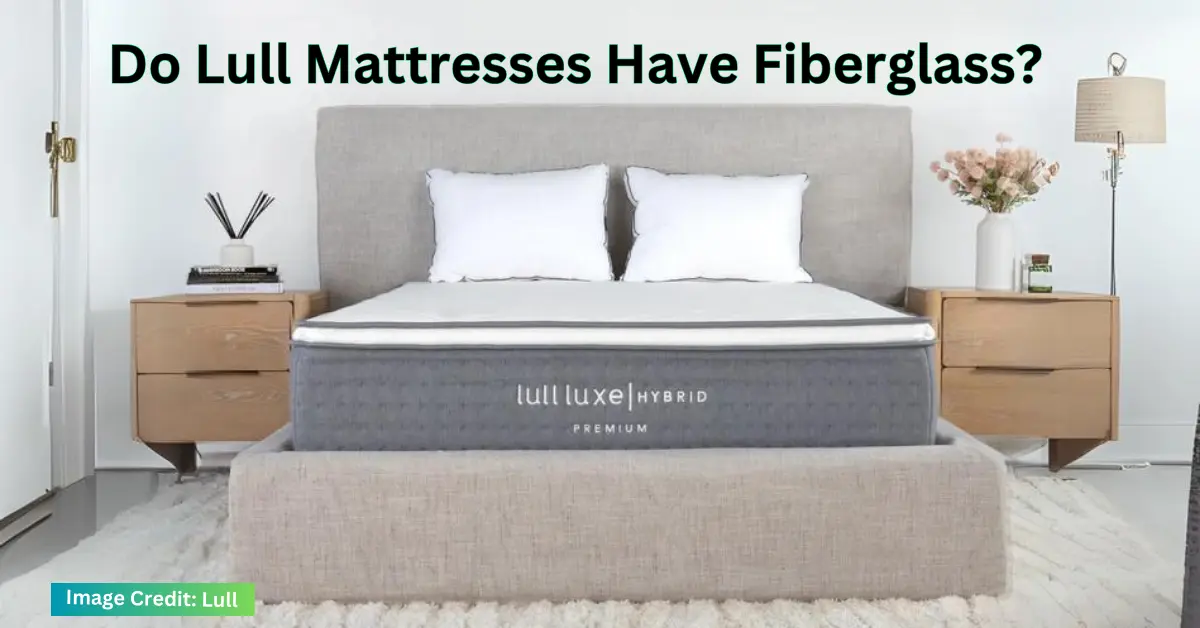
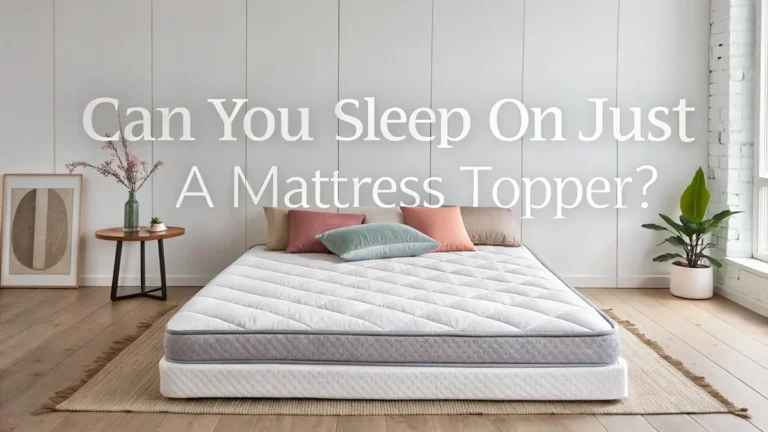
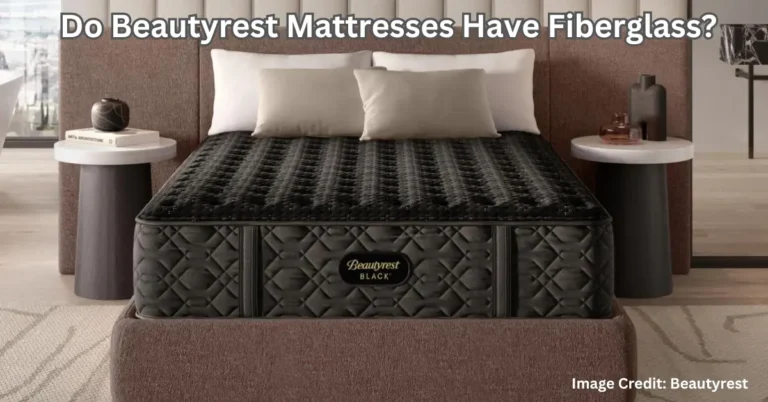
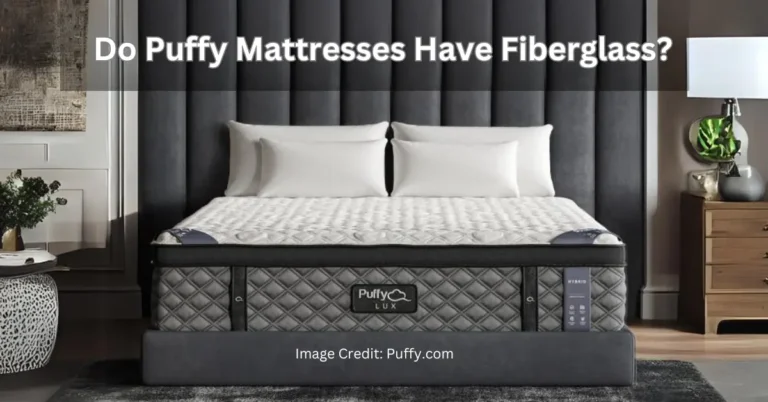
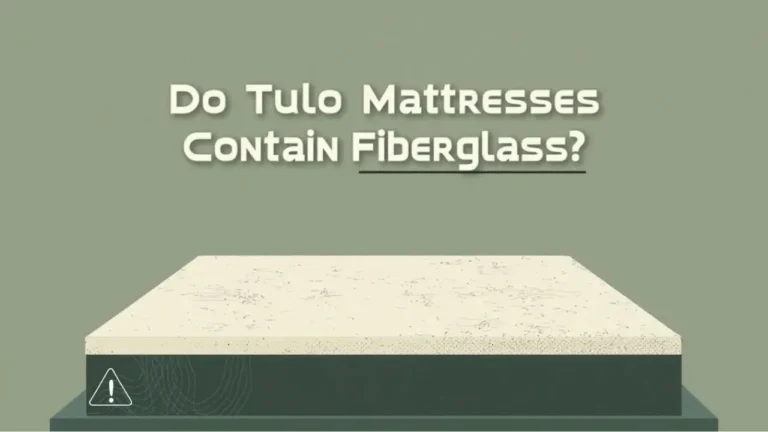
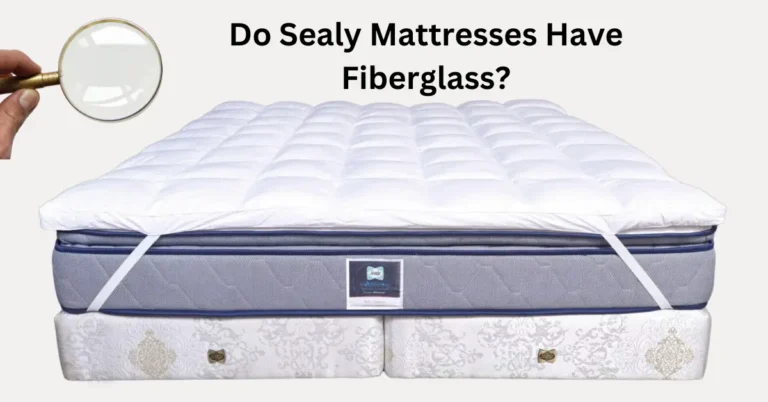
Really informative article—learned a lot
I didn’t know before. Great job!